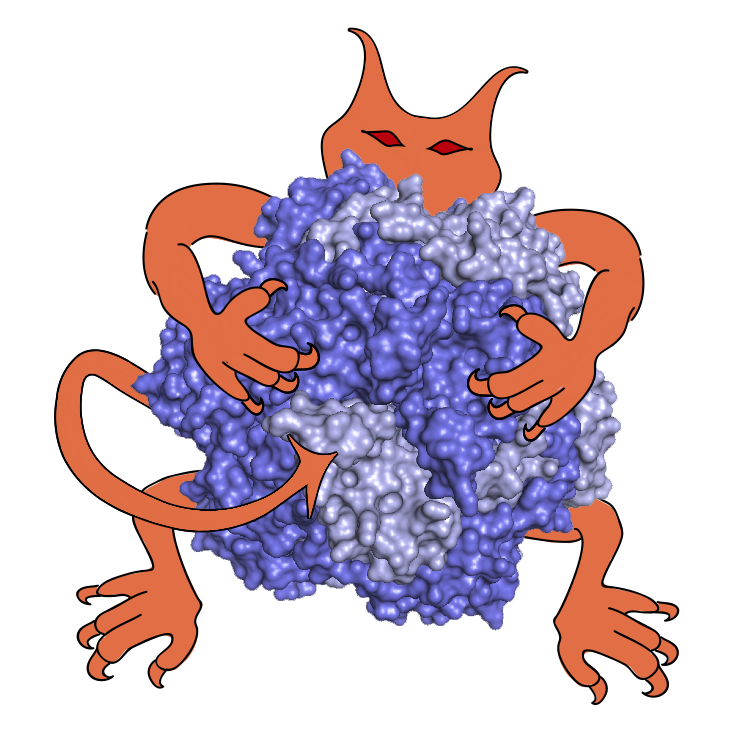 |
|
IMP Manual
for IMP version 2.11.1
|
IMP is documented using doxygen. See Documenting your code in doxygen to get started. We use //! and /** ... */ blocks for documentation. You are encouraged to use Doxygen's markdown support as much as possible.
Python code should provide Python doc strings. We automatically convert these into a form Doxygen can parse, so you can use Doxygen commands in them.
All headers not in internal directories are parsed through doxygen. Any function that you do not want documented (for example, because it is not well tested), hide by surrounding with
#ifndef IMP_DOXYGEN void messy_poorly_thought_out_function(); #endif
We provide a number of extra Doxygen commands to aid in producing nice IMP documentation.
\unstable{Classname}. The documentation will include a disclaimer and the class or function will be added to a list of unstable classes. It is generally better to simply hide such things from doxygen.\untested{Classname}.\unimplemented{Classname}.Each IMP module has a top-level README.md which is also parsed by Doxygen; it includes the names of the authors and a description of what the module is supposed to do.
Building the target IMP-doc (e.g. by running make IMP-doc) will build documentation for all of the modules, while the IMP.foobar-doc target will build documentation only for the foobar module.